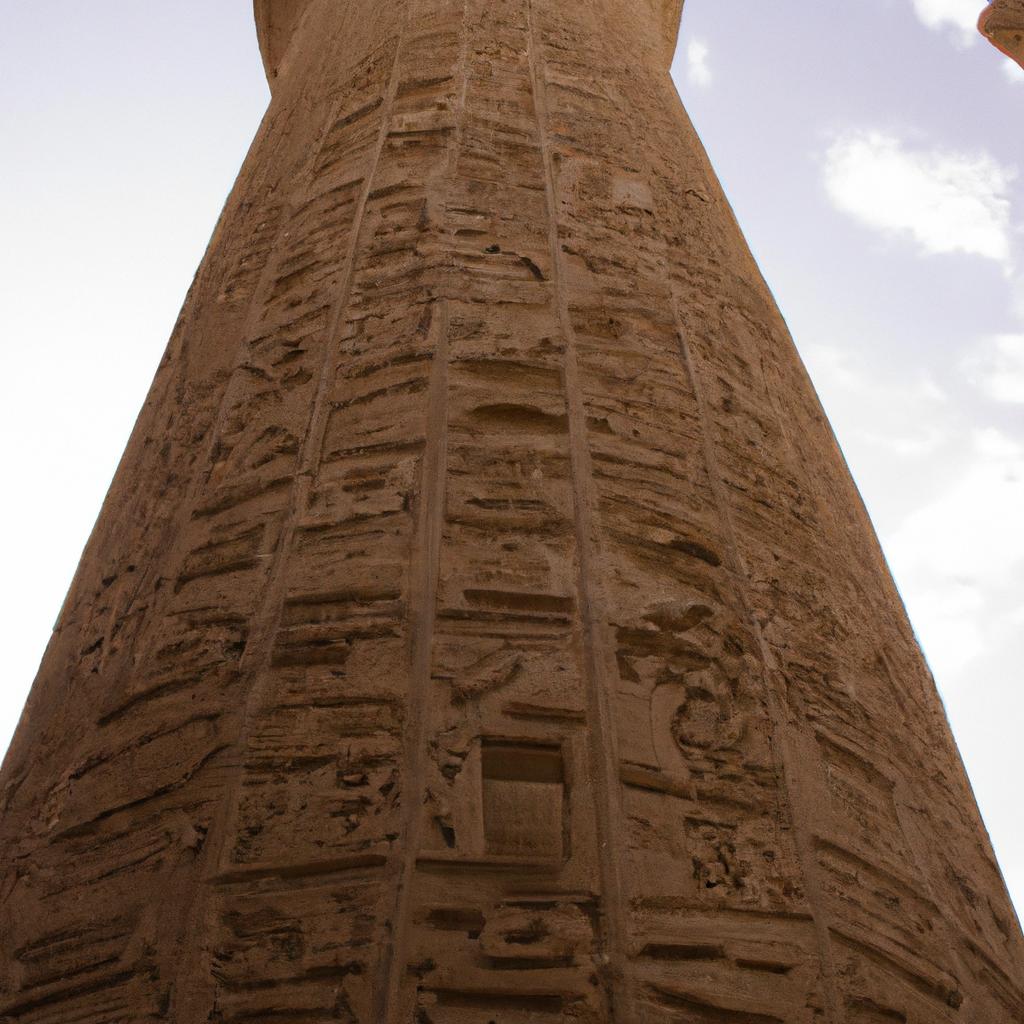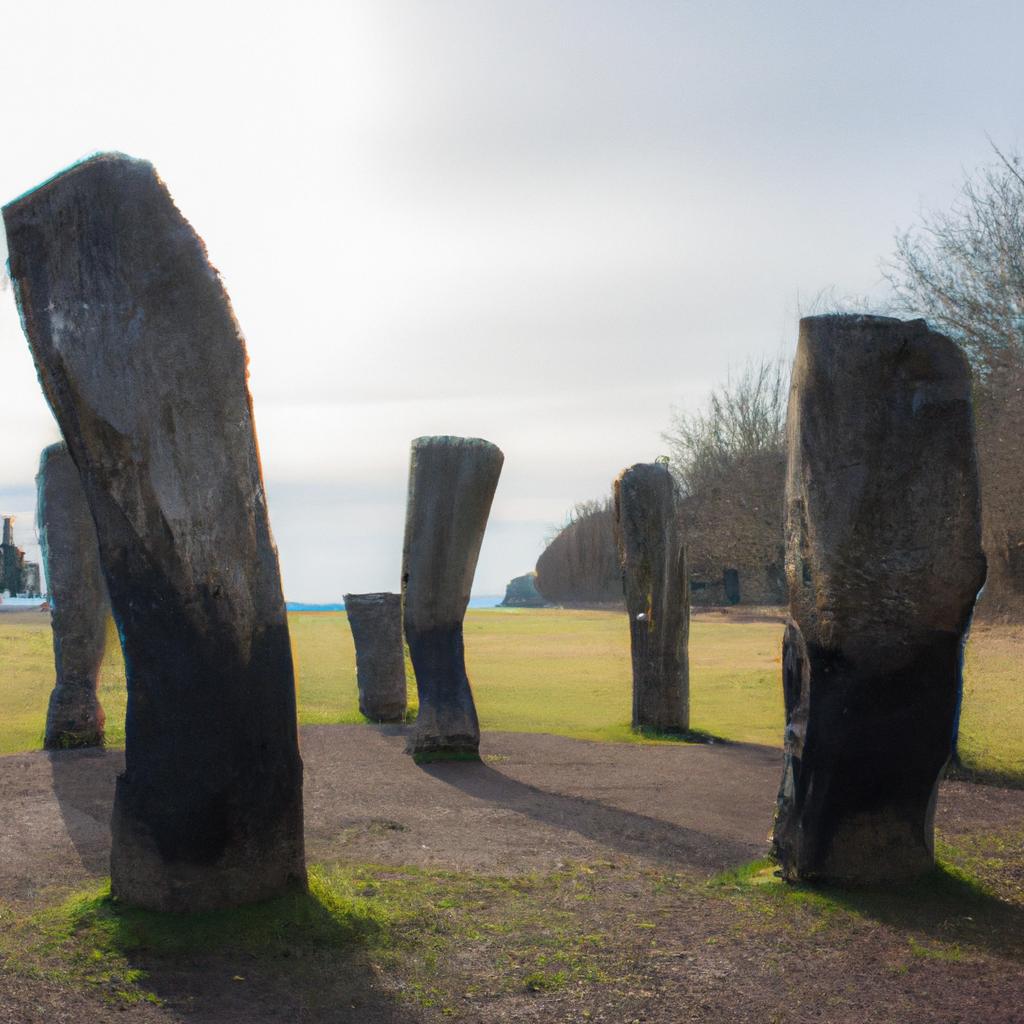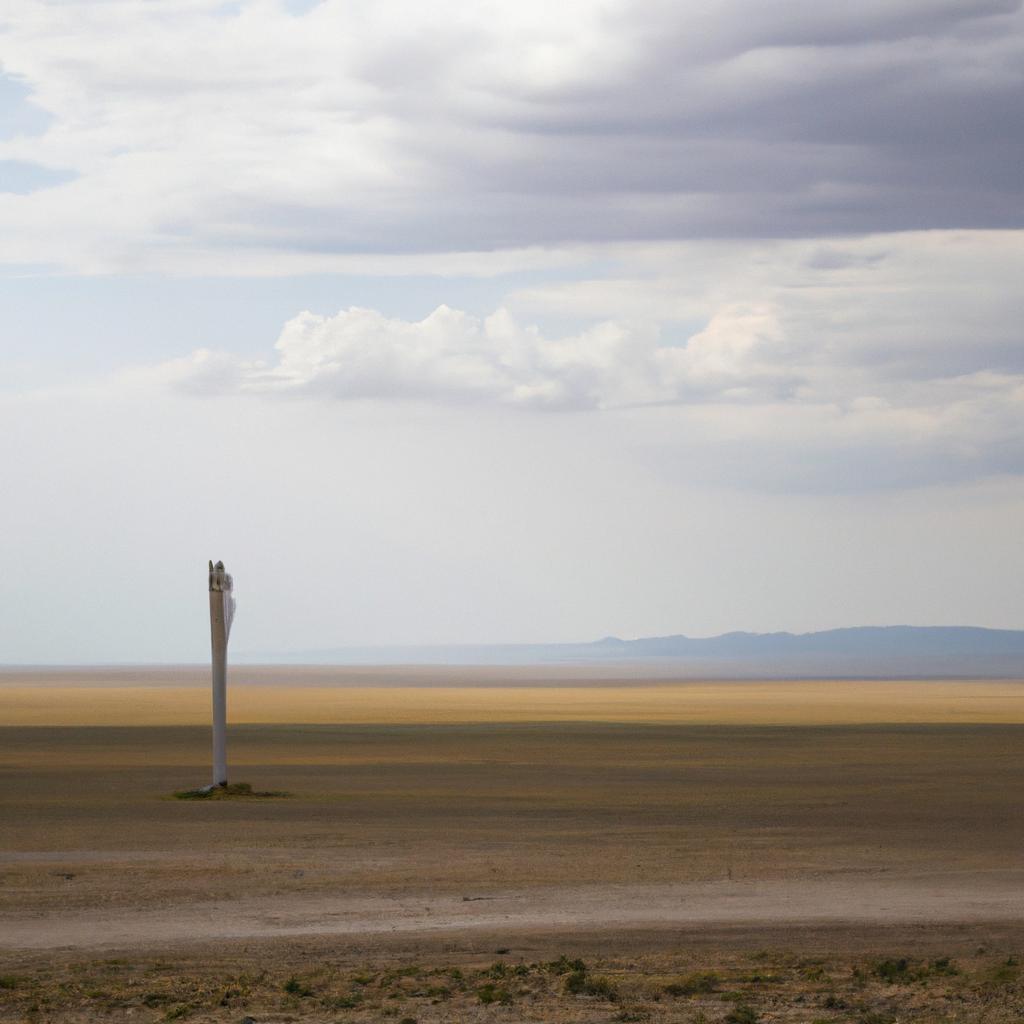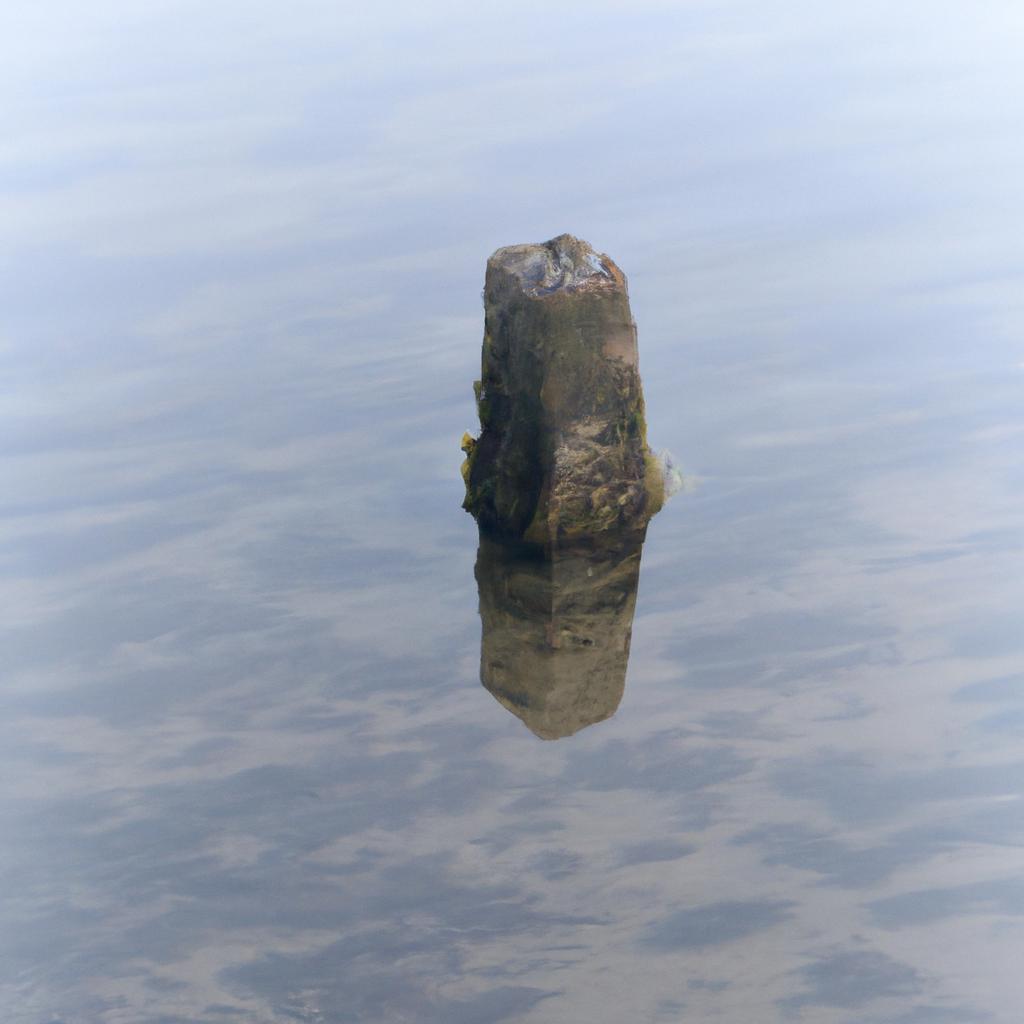Monolith pillars have captivated our imaginations for centuries. These towering stones, whether standing alone or arranged in groups, continue to fascinate people from all corners of the globe. From the mystical Stonehenge megaliths to the enigmatic Moai of Easter Island, monolith pillars remain an enigma that draws us in.
A Closer Look at Monolith Pillars

A monolith pillar is a single large stone or a group of stones erected in a standing position. Carved or shaped in various ways, these stones come in a range of shapes and sizes. The term “monolith” originates from the Greek word “monolithos,” meaning “single stone.”
Delving into the History of Monolith Pillars

Monolith pillars have a history that spans thousands of years and can be found all over the world. Many of the most famous monoliths were constructed during the Neolithic and Bronze Ages, some even predating 5,000 years. These stones were often used for religious or ceremonial purposes and were believed to possess spiritual or magical powers.
The purpose of some monolith pillars remains shrouded in mystery. However, one thing is indisputable: the construction of these massive stones showcased immense skill and effort. Moving such colossal stones would have demanded considerable manpower and ingenious engineering, making the creation of monolith pillars a remarkable achievement for their time.
Monolith pillars are characterized by their size, shape, composition, and location. Understanding these features allows us to appreciate the significance of these structures.
Exploring Size and Shape

Monolith pillars exhibit a variety of shapes and sizes. Some are tall and slender, while others are short and stout. They can be perfectly symmetrical or rough and irregular. The size and shape of a monolith pillar depend on its purpose and the culture that fashioned it.
Consider the Moai of Easter Island, known for their towering, slender figures. Their shape facilitated transportation. By contrast, the megaliths of Stonehenge are massive and irregular, requiring tremendous effort to move.
Unveiling Composition

Monolith pillars are constructed using various materials such as stone, metal, and wood. Stone, in particular, is the most common material due to its durability. The specific type of stone employed depends on the availability of local resources.
For example, the megaliths of Stonehenge are composed of bluestone, a rock found in the nearby Preseli Hills. On the other hand, the Moai of Easter Island are carved from tuff, a volcanic rock abundant on the island.
An Insight into Location and Significance

Monolith pillars are often discovered in locations of cultural or spiritual significance. Stonehenge, for instance, is situated in a landscape deemed sacred by its builders. The Moai of Easter Island were placed on sacred platforms known as ahu.
These pillars were employed for ceremonial or religious purposes, believed to possess spiritual or magical properties. Stonehenge’s alignment with the sun and moon allowed predictions of eclipses. The Moai of Easter Island are thought to represent ancestors or esteemed figures within the culture.
Examples of Monolith Pillars
Monolith pillars can be found worldwide, each carrying its own unique history and significance. Consider these three extraordinary examples:
Stonehenge
Located in southern England, Stonehenge stands as one of the most renowned prehistoric monuments globally. Comprising a circle of standing stones, some weighing over 25 tons, its purpose remains a mystery, though it is thought to have served religious or ceremonial functions.
Easter Island Moai
The Moai of Easter Island are among the most recognizable monoliths globally. Created by the Rapa Nui people, these statues range in height from 10 to 40 feet. While their purpose is still debated, they are believed to represent ancestors or important cultural figures.
Gobekli Tepe
Situated in southeastern Turkey, Gobekli Tepe is an archaeological site featuring several circular enclosures surrounded by standing stones. Over 11,000 years old, it is one of the oldest known examples of monolith pillars. While its purpose remains unknown, it is thought to have served religious or ceremonial roles.
Theories and Beliefs Surrounding Monolith Pillars
Monolith pillars have sparked numerous theories and beliefs throughout history, including religious and spiritual ideologies, extraterrestrial claims, and scientific explanations.
Religious and Spiritual Beliefs
Monolith pillars played a significant role in religious and spiritual practices of the past. For instance, Stonehenge’s alignment with celestial movements and its perceived mystical powers were integral to ancient beliefs. The Moai of Easter Island were seen as representations of ancestors or revered figures, often placed in sacred locations.
Extraterrestrial Theories
Some proponents suggest that monolith pillars were created by extraterrestrial beings. This theory often revolves around the Moai of Easter Island, with claims that the Rapa Nui people were not responsible for their construction. However, no evidence supports these assertions.
Scientific Explanations
Many scientists propose practical reasons for the creation of monolith pillars. Stonehenge’s alignment with celestial bodies suggests its utilization as an astronomical calendar. The standing stones of Gobekli Tepe may have served as supports for roofs or canopies. While certain aspects of monolith pillars remain mysterious, scientific explanations provide plausible insights into their construction and purpose.
Preservation and Restoration
Preserving monolith pillars is critical for future generations to appreciate and learn from these ancient structures. However, numerous challenges must be overcome.
Challenges in Preservation
Natural erosion and weathering pose substantial threats to monolith pillars, having endured exposure to the elements for thousands of years. Wind, rain, and other environmental factors have worn down their surfaces. Vandalism and tourism also endanger these ancient structures.
Insufficient resources and funding present another obstacle to their preservation. Many monolith pillars are located in remote or inaccessible areas, making monitoring and maintenance challenging. Moreover, conservation efforts demand substantial financial support, often limited or unavailable.
Successful Restoration Projects
Despite the challenges, several restoration projects worldwide have achieved success in preserving monolith pillars. Techniques such as cleaning, stabilization, and reinforcement have been employed.
For example, a restoration project focused on stabilizing and repairing the Moai of Easter Island, which had suffered damage due to natural factors and human activity. This involved creating new foundations and reattaching fallen parts of the statues.
The Importance of Preservation
Preserving monolith pillars ensures future generations can appreciate and learn from these ancient structures. They offer invaluable insights into the cultures and societies that created them, providing a glimpse into our shared human history.
Additionally, these pillars hold cultural and spiritual significance for many communities globally. Protecting these structures acknowledges and honors traditions and beliefs.
In Conclusion
Monolith pillars stand as remarkable testaments to the ingenuity and creativity of our ancestors. They provide valuable glimpses into our shared human history. Preserving these structures is vital to ensure future generations can appreciate and learn from them. As a website dedicated to nature, gardening, and animals, TooLacks encourages the preservation and admiration of these extraordinary ancient structures for generations to come. TooLacks



